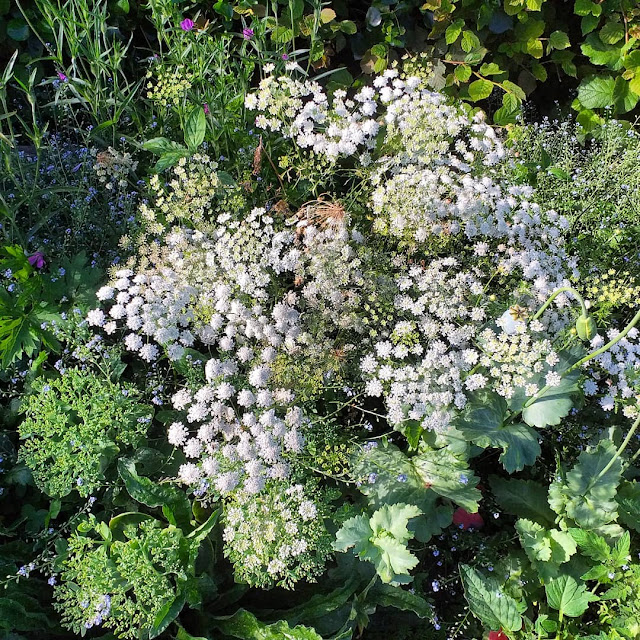No-Mow Lawns and Wildflower Meadows
A sustainable and visually captivating garden, many people are turning to no-mow lawns and meadows. This approach involves leaving certain areas of your lawn unmown, allowing grass and wildflowers to flourish naturally. Here we champion this eco-friendly trend for its multiple benefits, both aesthetically and functionally. In this blog post, we'll explore the advantages of no-mow lawns and meadows and provide practical tips on how to transform your traditional lawn into a vibrant meadow teeming with wildflowers.
The Aesthetic Appeal
No-mow lawns and meadows offer a unique and enchanting aesthetic that contrasts sharply with the uniformity of traditional lawns. The natural, slightly wild look of an unmown area can create a sense of tranquility and harmony in your garden. These spaces often look like miniature versions of natural meadows, with a mix of grasses, wildflowers, and other plants swaying gently in the breeze. This visual variety can add depth and interest to your garden, making it feel more dynamic and alive.
Functional Benefits
Beyond their beauty, no-mow lawns and meadows offer several practical benefits:
• Low Maintenance: Traditional lawns require regular mowing, watering, and fertilising. In contrast, no-mow areas significantly reduce the time and effort needed for upkeep, freeing you to enjoy your garden more.
• Cost Savings: With less need for lawn care products, fuel for mowers, and water, no-mow lawns can be more cost-effective in the long run.
• Biodiversity: Unmown areas provide a habitat for a variety of insects, birds, and small mammals, promoting greater biodiversity. These areas can attract pollinators like bees and butterflies, essential for a healthy ecosystem.
• Environmental Impact: Reducing mowing helps lower carbon emissions from lawnmowers and decreases the need for chemical fertilisers and pesticides. This contributes to a healthier environment and more sustainable gardening practices.
Converting Lawns to Meadows
Transforming your traditional lawn into a meadow abundant with wildflowers is a rewarding project that can enhance your garden's ecological value and beauty. Here's how to get started:
• Plan Your Meadow: Decide which areas of your lawn you want to convert. You can start small with a section of your garden or go big and transform the entire lawn. Consider the sunlight, soil type, and moisture levels to choose the best spot.
• Prepare the Soil: For wildflowers to thrive, it's often necessary to reduce the nutrient levels in your soil. This can be done by removing the top layer of turf and exposing the less fertile subsoil. Alternatively, you can sow wildflowers directly into the existing lawn by cutting the grass very short and raking the soil to create patches where seeds can contact the soil.
• Select the Right Plants: Choose a mix of native wildflowers and grasses suited to your local climate and soil conditions. Native plants are typically easier to establish and maintain, as they are adapted to the local environment.
• Sow the Seeds: Scatter the wildflower seeds over the prepared soil. For even distribution, mix the seeds with sand or sawdust. Lightly rake the soil to ensure good seed-to-soil contact, and water gently to help the seeds settle in.
• Maintain Your Meadow: In the first year, you may need to water occasionally during dry spells to help the young plants establish. Once established, your meadow will require minimal maintenance. An annual mow in late Summer or early Autumn, after the wildflowers have set seed, will help manage growth and encourage new seedlings.
Enjoying Your New Meadow
As your no-mow lawn transforms into a thriving meadow, you'll notice an increase in wildlife and a more vibrant, dynamic landscape. The gentle hum of bees, the flutter of butterflies, and the songs of birds will add a lively soundtrack to your garden. Over time, the meadow will develop its own unique character, changing subtly with the seasons and years.
Why Choose Chew Gardens?
I am passionate about sustainable gardening practices that enhance both the beauty and ecological health of your garden. I can guide you through the process of creating a no-mow lawn or meadow, providing tailored advice and services.
By adopting no-mow lawns and meadows, you're not only creating a stunning garden but also contributing to a healthier environment and a richer ecosystem.



Comments
Post a Comment